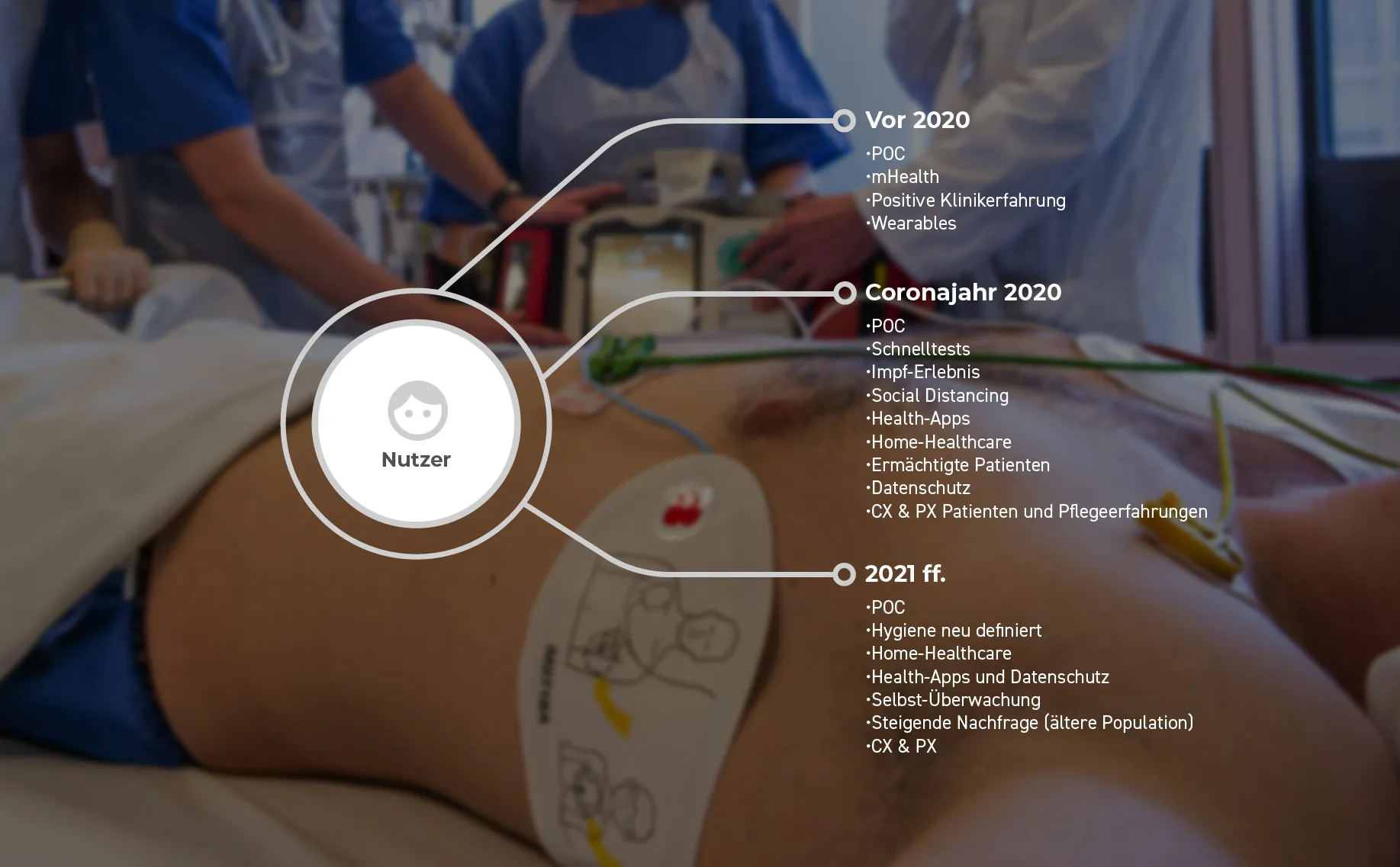Keynote
Digital strategy in the company - Interview with Axel Steinkuhle

In a few words: What is a digital strategy?
Axel Steinkuhle: First of all, strategy work in a company is always work on people. It's always about empowering people to think digitally. The second aspect of a digital strategy is to expand a company's comfort zone. It turns a fear-driven compulsion to do something into an opportunity. And that is much more important than the specific strategy.
The strategy itself must be the development of an attitude that is not linked to target images. The key is to have a vision and then break it down so that everyone can contribute to it. The most important step is to realize that digital strategy has very little to do with the digital department. It is more than a concept for digital applications. Digital strategy means moving a company into digital thinking.
So whatexactly is the difference to an IT strategy?
AS: An IT strategy would rather be the environment. It's similar to a field that I cultivate. If I want to have a field just for strawberries, I treat it differently to a field where I want to be prepared for various things. The IT strategy deals more with the infrastructure, for example the handling of servers. The digital strategy says: What do we want to achieve? And the IT strategy says: What is our environment in which we can achieve this?
And where do you start with a digital strategy? What would be the first step?
AS: The first task is always to sort things out: What are the company's goals? Digitality is only the membrane for achieving these goals. The first step is therefore to develop an overarching digital strategy, classically with a mission, vision and objectives, which has to pay into all the other strategies.
The second step is to develop a governance structure. We then form a committee made up of non-IT people and IT together with the management team, which has to draft the digital strategy. The next step is to implement the strategy in the company. There is no point in introducing something if people cannot form their own attitude towards it. We have established a tool for this called Core Beliefs. Core beliefs are an attitude towards the topic, as opposed to a measurable quantity.
Is there an example of this?
AS: We worked with Lufthansa, who wanted to have a seamless customer experience across all touch points. We developed a principle called Happy Next so that everyone can contribute to this idea. Happy Next means that there is always a task before your task and one that is relevant afterwards. I can apply Happy Next to every form of organization in the company, including the coffee machine in the office.
The great thing is when people use these core principles to develop quality standards. This gives entire organizational structures a kind of language with which they can evaluate their work. Suddenly it's no longer "You did that badly" or "I don't think that's good", but rather: "You're paying into this principle, you're not paying into this yet, how can we get even better?" And so everyone can talk to everyone, everyone has the same goal without seeing it as a KPI. And that is the standardization that we call core beliefs.
Can we already speak of a realignment of the company?
AS: That's not necessarily the point. The goals often remain the same, it's the way to get there that we change. Companies often want to build innovations out of their operational business. The innovative team quickly moves away from the operational team. Something great is created, but the mindset is missing. So we need to develop core beliefs so that everyone can pay into them.
We also need to move away from the concept of technology and think about the experience. For example, some customers really wanted to have augmented reality visualizations of numbers in 3D spaces. For us, Real Time 3D was the real highlight right from the start. Why use AR just because it's the latest technology? In the end, we ended up with a cool desktop animation. We have to stop seeing digital strategy as a technical construct. We need to understand digital strategy as a mindset. And technology remains one of many vehicles.
So there are no measurable factors for how digital a company is? It depends on how the available opportunities are used?
AS: That's right, it's the measure of all things. We often advise our customers not to use technology because of the trend, not for technology's sake. Digitality is often misunderstood as a purely innovative marketing tool - the sustainability for the company and its employees is completely missing. This triangle of: what do you want to achieve, what technology do you want to use to achieve it and what should the operationalization look like? - Most people forget this. In most cases, only two out of three points are implemented - this triptych is the only way to achieve real success. And it's our job to take these three aspects into account and overlap them.
What role does digital transformation play in medical design in particular?
AS: We are at a threshold in medical design. Records, patient information and measured values - I believe that a complete hybridity of handling is the next wave that we are experiencing here. But even here, not everything will be digital. People will remain people and the medical fields are not very fast due to their high level of regulation. I think there will be one or two really big steps. Like a Cambrian explosion, there will be a variety of different uses.
We are in the medical sector where we were ten years ago on the Internet. There is no longer one big solution, but thousands of small ones. You no longer have to master the big picture, you can choose the small, digital solution you want. And I think that's the future of digitalization in medicine.
If we are now at the point where we were ten years ago with the Internet, do we have to wait another ten years in medicine?
AS: The innovation curve is getting steeper and steeper, and technical developments are becoming faster and more radical. Fortunately, we won't have to wait another ten years. However, due to our cultural approach to technology, we humans are no longer able to keep up with the immense change. When the steam engine came along, we still had 60 years to get used to it before the next industrial revolution of electrification came along. Ten processors make technology ten times faster, but people cannot speed up so easily. Nevertheless, society's acceptance of digital innovation is growing. Digital patient records remain a sensitive issue, but their implementation is now far more realistic than it was five years ago.
To summarize: What is the most important thing about a digital strategy?
AS : The most important thing in a digital strategy is to allow people to make demands on digitality so that it helps and supports me. I think that's the core of digital strategies. Not just seeing technology as a mere fulfillment of duty, but developing expectations of digitality. Everyone should.
Thank you Axel for the interview!
Would you like to know more about this topic? Write to info@evrbit.com
Frequently asked questions




